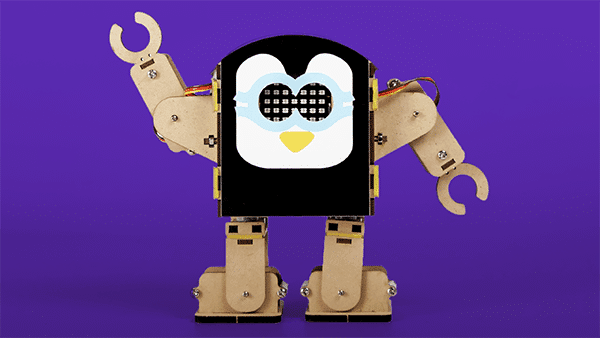A humanoid robot is a robot that has a body structure similar to that of a human, including features such as a head, two arms, two legs, and a torso. Some humanoid robots can also be programmed to make facial expressions and perform human-like tasks such as walking, talking, picking up objects, and interacting with their environment.
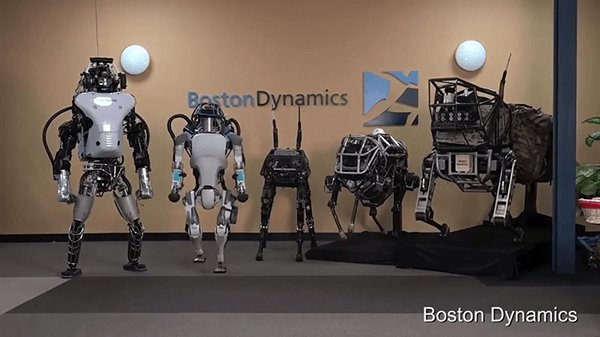
Boston Dynamics’ humanoid robot is a highly advanced, human-like robot designed to work in complex environments and perform intricate tasks. It features a wide range of movement capabilities, from walking and running to jumping and climbing, and is capable of carrying out a variety of tasks, including object manipulation, navigation, and inspection. It is equipped with sophisticated sensors and AI-driven control systems, allowing it to perceive and interact with its environment. The humanoid robot is also able to collaborate with humans, responding to verbal commands, gestures, and other human cues.
Application of Humanoid Robot
- Research: Humanoid robots are used to study human behavior and to explore and understand the capabilities of humanoid robots.
- Assistive Robot: Humanoid robots can be used for assistive applications such as helping people with physical disabilities, providing companionship to the elderly, and helping with household chores.
- Education: Humanoid robots can be used to teach children basic skills and to provide a fun, interactive learning environment.
- Entertainment: Humanoid robots are used in entertainment, such as in theme parks and stage performances.
- Military: Humanoid robots can be used for reconnaissance, search and rescue, and hazardous operations in dangerous environments.
- Manufacturing: Humanoid robots can be used to automate complex manufacturing tasks that require dexterity.
- Healthcare: Humanoid robots can be used for healthcare applications such as providing assistance with medical procedures and providing therapy to patients.
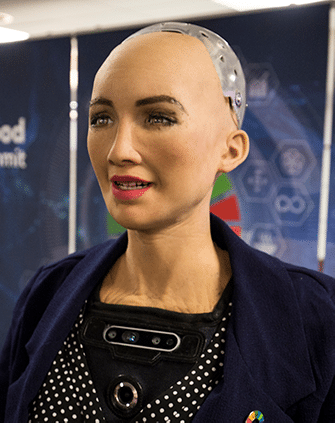
Quarky Humanoid Robot
The Quarky Humanoid Robot is a 6 DOF programmable humanoid robot that is perfect for students who want to learn about robot mechanisms, its control, and AI-based applications. The kit comes with four servo motors that are used to control leg movements and two servo motors that are used for hand movements. The students can assemble and program the robot for various applications. With the Humanoid kit, the students can do 10+ activities.
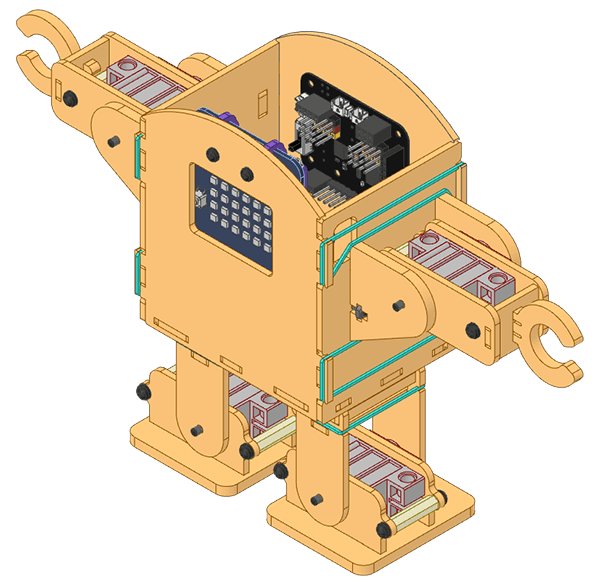
Components of Quarky Humanoid Robot
The Quarky Humanoid Kit have the following important components:
- Quarky Board: Brain of the Robot

- The Central Body
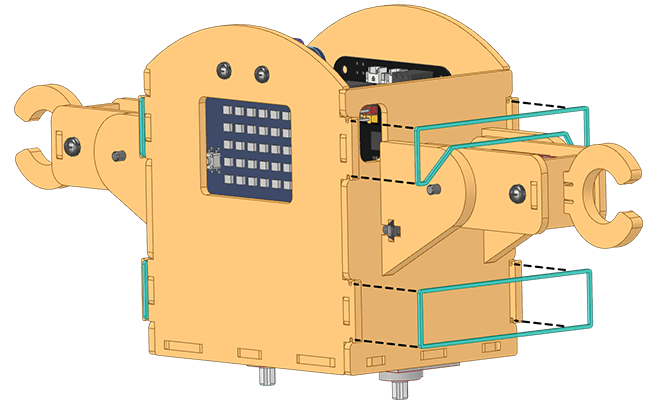
- Servo Motors: Muscles

- 2 Hands

- 2 Legs & 2 Hips

- Expansion Board

- Battery

Degree of Freedom
The degree of freedom (DOF) in robotics is a measure of the number of independent motions or positions a robot is capable of achieving. The term is also used to describe the number of independent parameters that define the configuration of a robot. Commonly, the DOF of a robot is the number of joints it has, but in certain cases, it can also refer to the number of coordinates used to define its position in space.
Quarky Humanoid Robot has 6 DOF – 2 in each leg and 1 in each hand.
Joints and Assembly Movements
The robot’s hand and leg have 1 and 2 degrees of freedom respectively, meaning the robot can change its position in relation to the robot’s main body. This movement is similar to the joints in the human body.
- The robot’s hand can move through rotational motion with the help of a servo motor inserted in the hand assembly.
- For the leg, overall orientation can be changed in two ways: by getting the servo motors on the main body rotated, similar to the hip joint in the human body, or by getting the servo motors in the leg assembly rotated, which is comparable to the foot ankle joint in the human body.
Stability of Humanoid Robot
The stability of a humanoid robot is an important factor in its successful operation. It is important for the robot to be able to maintain its balance and not fall over during operation. Quarky Humanoid design takes into account the center of gravity, the placement of its limbs, and the use of counterbalance mechanisms. By using these techniques, humanoid robots are made to be much more stable and reliable.
Quarky Humanoid Robot can walk, dance, bend, turn, and can do many operations. We will learn how to program it in the upcoming lessons.
Conclusion
In conclusion, humanoid robots are highly advanced robots that are designed to mimic the human body and perform human–like tasks. Quarky‘s humanoid robot is a programmable robot that is perfect for students who want to learn about robot mechanisms, its control, and AI–based applications. With its 6 DOF and stability features, it can be programmed to perform complex tasks with precision. Students can use the robotic kit to explore the capabilities of humanoid robots and to create their own AI–driven applications.

